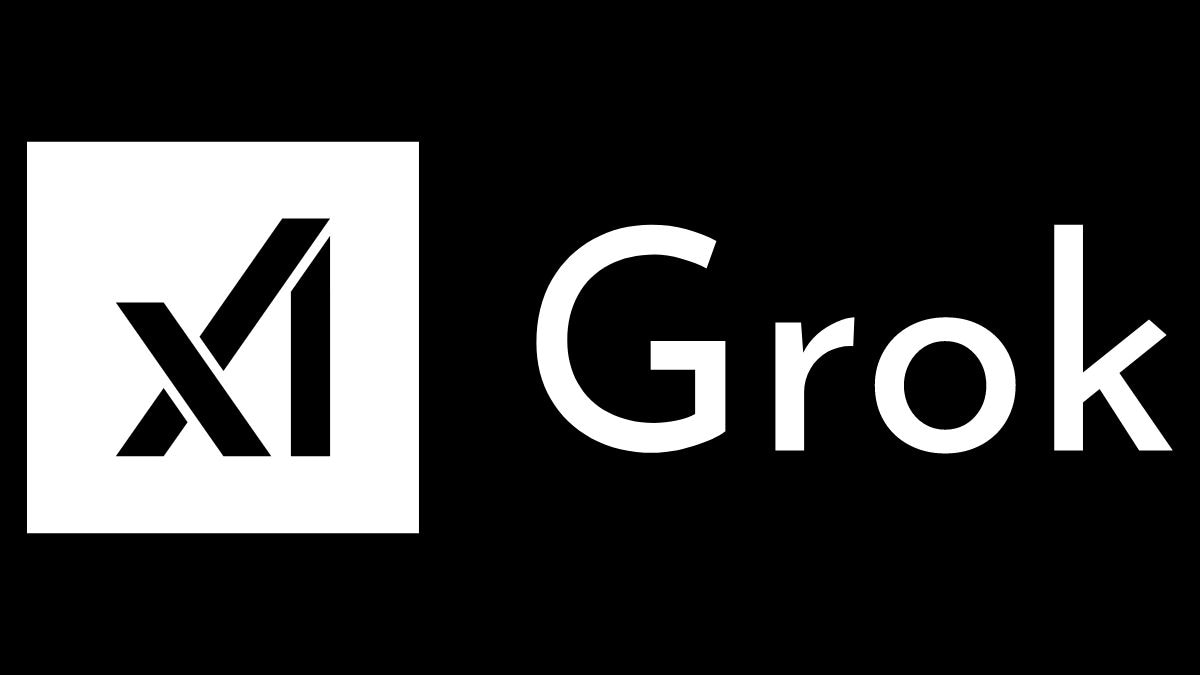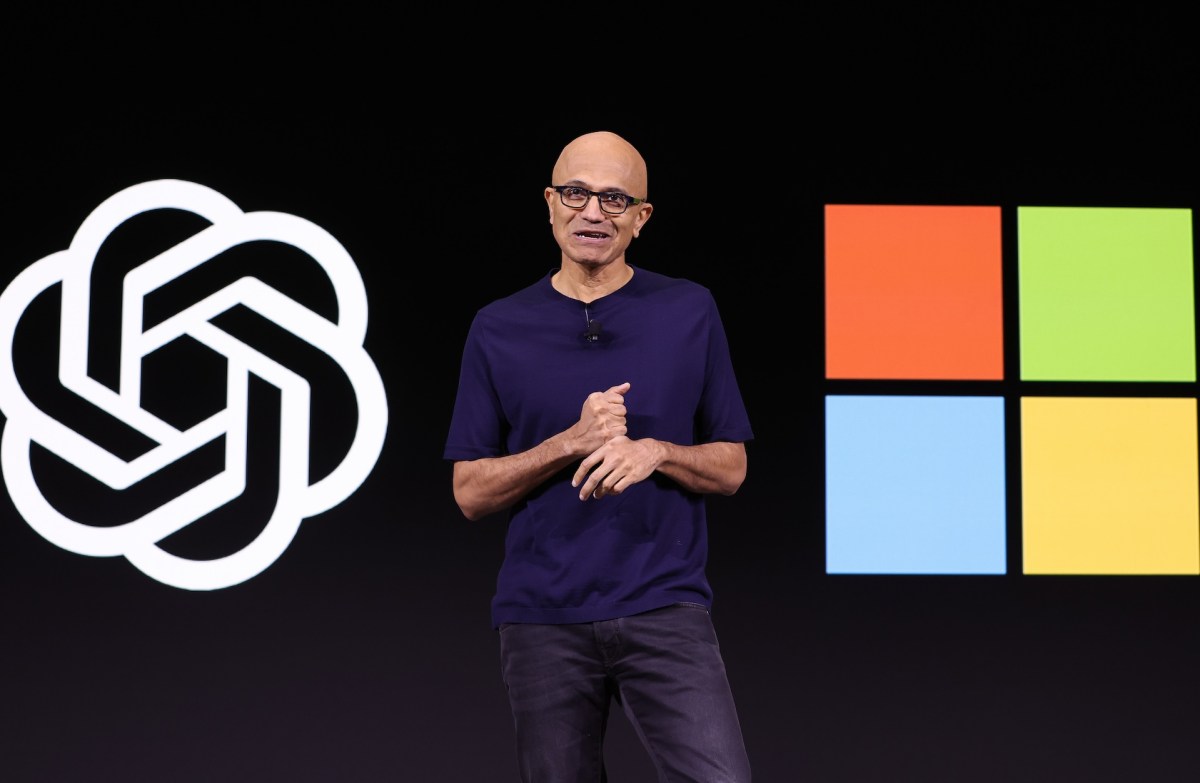
Posted by EditorDavid from the models-for-the-masses dept.
Tuesday Meta released Llama 3.1, its largest open-source AI model to date. But just one day Mistral released Large 2, notes this report from TechCrunch, “which it claims to be on par with the latest cutting-edge models from OpenAI and Meta in terms of code generation, mathematics, and reasoning…
“Though Mistral is one of the newer entrants in the artificial intelligence space, it’s quickly shipping AI models on or near the cutting edge.” In a press release, Mistral says one of its key focus areas during training was to minimize the model’s hallucination issues. The company says Large 2 was trained to be more discerning in its responses, acknowledging when it does not know something instead of making something up that seems plausible. The Paris-based AI startup recently raised $640 million in a Series B funding round, led by General Catalyst, at a $6 billion valuation…
However, it’s important to note that Mistral’s models are, like most others, not open source in the traditional sense — any commercial application of the model needs a paid license. And while it’s more open than, say, GPT-4o, few in the world have the expertise and infrastructure to implement such a large model. (That goes double for Llama’s 405 billion parameters, of course.)
Mistral only has 123 billion parameters, according to the article. But whichever system prevails, “Open Source AI Is the Path Forward,” Mark Zuckerberg wrote this week, predicting that open-source AI will soar to the same popularity as Linux: This year, Llama 3 is competitive with the most advanced models and leading in some areas. Starting next year, we expect future Llama models to become the most advanced in the industry. But even before that, Llama is already leading on openness, modifiability, and cost efficiency… Beyond releasing these models, we’re working with a range of companies to grow the broader ecosystem. Amazon, Databricks, and NVIDIA are launching full suites of services to support developers fine-tuning and distilling their own models. Innovators like Groq have built low-latency, low-cost inference serving for all the new models. The models will be available on all major clouds including AWS, Azure, Google, Oracle, and more. Companies like Scale.AI, Dell, Deloitte, and others are ready to help enterprises adopt Llama and train custom models with their own data.
“As the community grows and more companies develop new services, we can collectively make Llama the industry standard and bring the benefits of AI to everyone,” Zuckerberg writes. He says that he’s heard from developers, CEOs, and government officials that they want to “train, fine-tune, and distill” their own models, protecting their data with a cheap and efficient model — and without being locked into a closed vendor. But they also tell him that want to invest in an ecosystem “that’s going to be the standard for the long term.” Lots of people see that open source is advancing at a faster rate than closed models, and they want to build their systems on the architecture that will give them the greatest advantage long term…
One of my formative experiences has been building our services constrained by what Apple will let us build on their platforms. Between the way they tax developers, the arbitrary rules they apply, and all the product innovations they block from shipping, it’s clear that Meta and many other companies would be freed up to build much better services for people if we could build the best versions of our products and competitors were not able to constrain what we could build. On a philosophical level, this is a major reason why I believe so strongly in building open ecosystems in AI and AR/VR for the next generation of computing…
I believe that open source is necessary for a positive AI future. AI has more potential than any other modern technology to increase human productivity, creativity, and quality of life — and to accelerate economic growth while unlocking progress in medical and scientific research. Open source will ensure that more people around the world have access to the benefits and opportunities of AI, that power isn’t concentrated in the hands of a small number of companies, and that the technology can be deployed more evenly and safely across society. There is an ongoing debate about the safety of open source AI models, and my view is that open source AI will be safer than the alternatives. I think governments will conclude it’s in their interest to support open source because it will make the world more prosperous and safer… [O]pen source should be significantly safer since the systems are more transparent and can be widely scrutinized…
The bottom line is that open source AI represents the world’s best shot at harnessing this technology to create the greatest economic opportunity and security for everyone… I believe the Llama 3.1 release will be an inflection point in the industry where most developers begin to primarily use open source, and I expect that approach to only grow from here. I hope you’ll join us on this journey to bring the benefits of AI to everyone in the world.
Our informal mission is to improve the love life of operators worldwide. — Peter Behrendt, president of Exabyte
Working…




